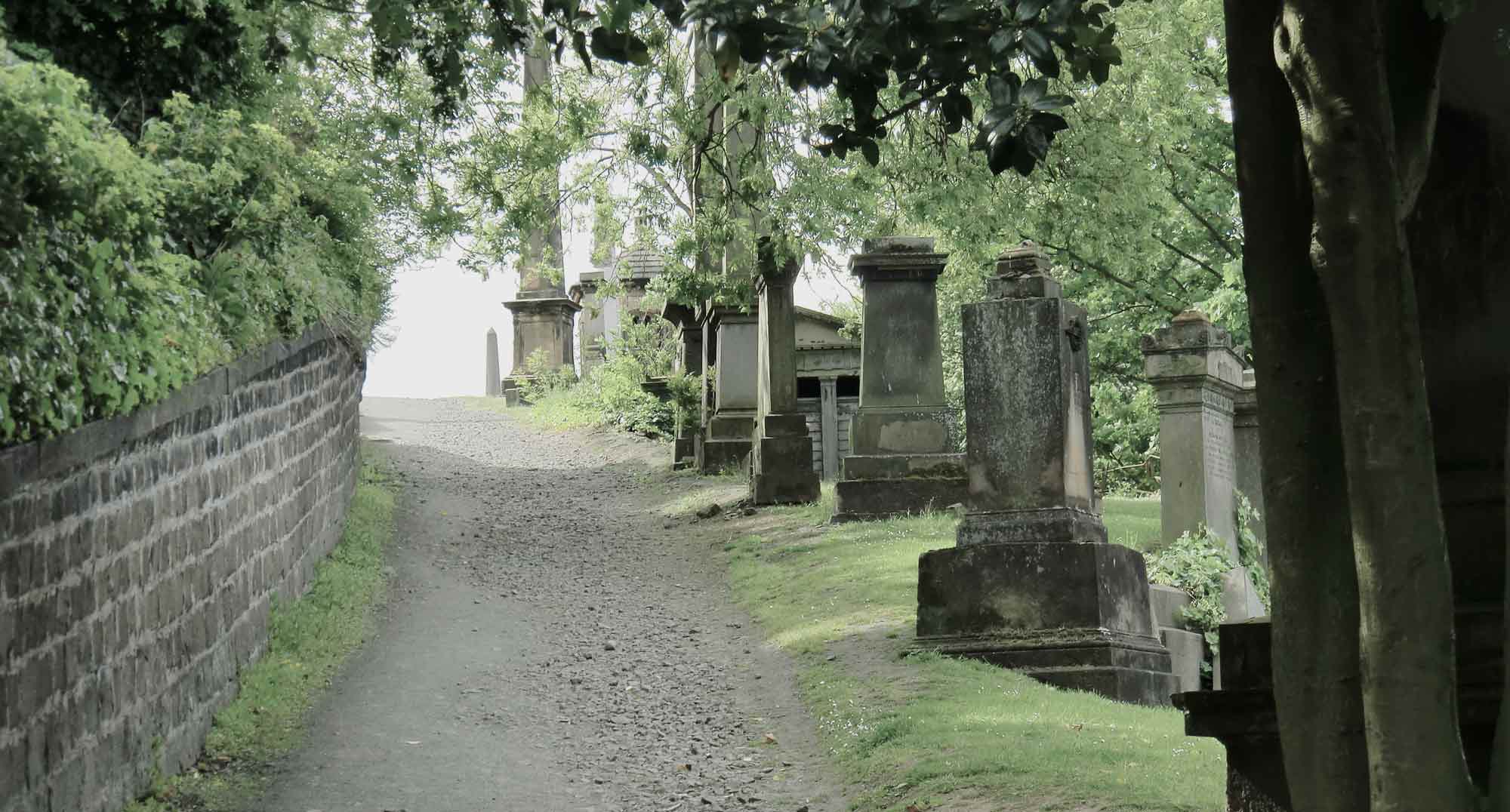ELIZABETH TURNAGE|CONTRIBUTOR
Transhumanist Zoltan Istvan believes we shouldn’t have to die; in 2015, to share his “gospel,” he drove around the United States in the “Immortality Bus,” “a brown bus spray-painted to look like a coffin.”[1] Biogerontologist Andrew Steele describes “biological immortality,”[2] arguing that aging should be viewed as a disease that will one day be cured. In a world that resists aging, denies death, and increasingly seeks to achieve immortality, how should Christians respond? We need to begin with a solid understanding of how the Bible teaches us to view both mortality—death and dying, and Christian immortality—eternal life in Christ.
The Beginning of Death
In the beginning, God formed humans from the earthy dust, breathing life into them, shaping them in his image, with the potential for living forever (Gen. 2:7; 1:26-27). He called them “very good” (Gen. 1:31). God generously invited Adam and Eve to eat from every tree of the garden but commanded them not to eat of the tree of the knowledge of good and evil (Gen. 2:16). If they ate from that tree, he warned, they would die (Gen. 2:17).
The serpent which Satan embodied, approached Eve (and Adam, who was standing right beside Eve (Gen. 3:6)), tempting her to eat from the only forbidden tree. When she objected, the serpent scoffed, “You will not surely die” (Gen. 3:4). Adam and Eve did take of the fruit of the tree, but oddly they did not die physically, at least not immediately. Instead, their eyes were opened, they discovered they were naked, and they felt shame. They hid from God as he walked through the garden seeking them. The first death was a spiritual one, but through sin, both spiritual and physical death had now entered the world (Rom. 5:12).
The story could have ended there. By God’s grace, it did not. Even before God told Adam and Eve the consequences of their sin, he addressed Satan, telling him he would one day send a child who would crush him (Gen. 3:15). This child would be God’s own Son, Jesus, and he would destroy Satan by dying on a cross. It is the first proclamation of the gospel in Scripture.
We should grieve death and dying. As pastor Dan Doriani writes, “Death is a foe, not a friend. It is a curse and an outrage, the bitter fruit of the fall, not a natural process.”[3] And yet, because God allowed his own Son to die, God’s people have hope for a different ending. It is in this hope that we face the harsh reality of death and dying.
Death Abolished
Suppose there were an evil king who locked victims in the dungeon of his castle, holding them captive to the fear that he would kill them at any time. Scripture tells us that Satan is like that evil king. Although God ultimately rules over Satan, Satan did, for a time, hold God’s people in “lifelong slavery” through “fear of death” (Heb. 2:15). To rescue us from this fear, to rescue us from death, a hero was required, but not just any hero would do. The hero had to be a perfectly holy man, completely without sin. There is only one such Hero, and that is the One who came to abolish death.
The Hero, our Savior Jesus Christ, came into the world as a human: “though he was in the form of God…” he submitted to being “born in the likeness of men” (Phil. 2:6-7). He walked this earth in human flesh, knowing his life would end in mockery and shame, in death on a cursed cross. Though he was tempted by Satan in the wilderness (Matt. 4), he never sinned, and as a sinless human, he became the perfect sacrifice for our sins.
In Gethsemane, the night before his death, he cried out in anguish, sweated blood in agony, resisting the horror of the death he came to die (Luke 22:44). And yet, he surrendered to God’s plan, saying, “Not my will, but yours be done” (Luke 22:42). On the cross, Christ “tasted death for us” (Heb. 2:9), redeeming us from our captivity to sin and death: “He entered once for all into the Holy Place, not with the blood of goats and calves, but with his own blood, thus obtaining eternal redemption” (Heb. 9:12). Through his own death, Christ “destroy[ed] the one who has the power of death, that is the devil” (Heb. 2:15).
Even as we face the worst of death and dying, we are comforted in our union with Christ, who went before us to destroy death’s power. In Christ, we will never have to face death and dying alone.
The True Hope for Immortality
In dying, Christ freed us from our fear of death. In his resurrection, he gave us the hope of immortality. The apostle Paul insists that the resurrection of Christ is at the heart of the gospel. If it’s not true, he says, “Then those also who have fallen asleep in Christ have perished” (1 Cor. 15:18). If it is true, then the effects of the curse of Adam’s sin have been reversed: “For as in Adam all die, so also in Christ shall all be made alive” (1 Cor. 15:18). Because Christ was raised from the dead, and because we are joined to him in faith, “we shall all be changed, in a moment, in the twinkling of an eye, at the last trumpet…For this perishable body must put on the imperishable, and the mortal body must put on immortality” (1 Cor. 15: 53).
Though we grieve our loved ones lost to death today, we can face the harsh reality of death with the true hope of immortality. This immortality far surpasses anything Zoltan Istvan or Andrew Steele could promise; it is the true and sure hope of Christian immortality.
[1] Olga Khazan, “The Unexpected Upsides of Dying,” in The Atlantic, September 6, 2022, https://www.theatlantic.com/health/archive/2017/02/should-we-die/516357/
[2] Andrew Steele, Ageless: The New Science of Getting Older without Getting Old (New York: Doubleday, 2021), 3.
[3] Daniel M. Doriani, Romans, Reformed Expository Commentaries (Phillipsburg, NJ: P&R Publishing, 2021), 172.
Photo by Marco Rickhoff on Unsplash

Elizabeth Turnage
Elizabeth Reynolds Turnage, author, gospel coach and life and legacy coach, and speaker, is the founder of Living Story ministries (www.elizabethturnage.com). Elizabeth runs the workshop, Organizing Your Life and Legacy, to help people prepare their practical and spiritual legacies. She has also written From Recovery to Restoration: 60 Meditations for Finding Peace & Hope in Crisis and The Waiting Room: 60 Meditations for Finding Peace & Hope in a Health Crisis. Elizabeth and her husband, Kip Turnage, enjoy feasting and sharing good stories with their large family of four adult children, three children-in-law, and new grandson. They are also the devoted “parents” of the beloved Rosie, a dog who thinks she’s a human.

